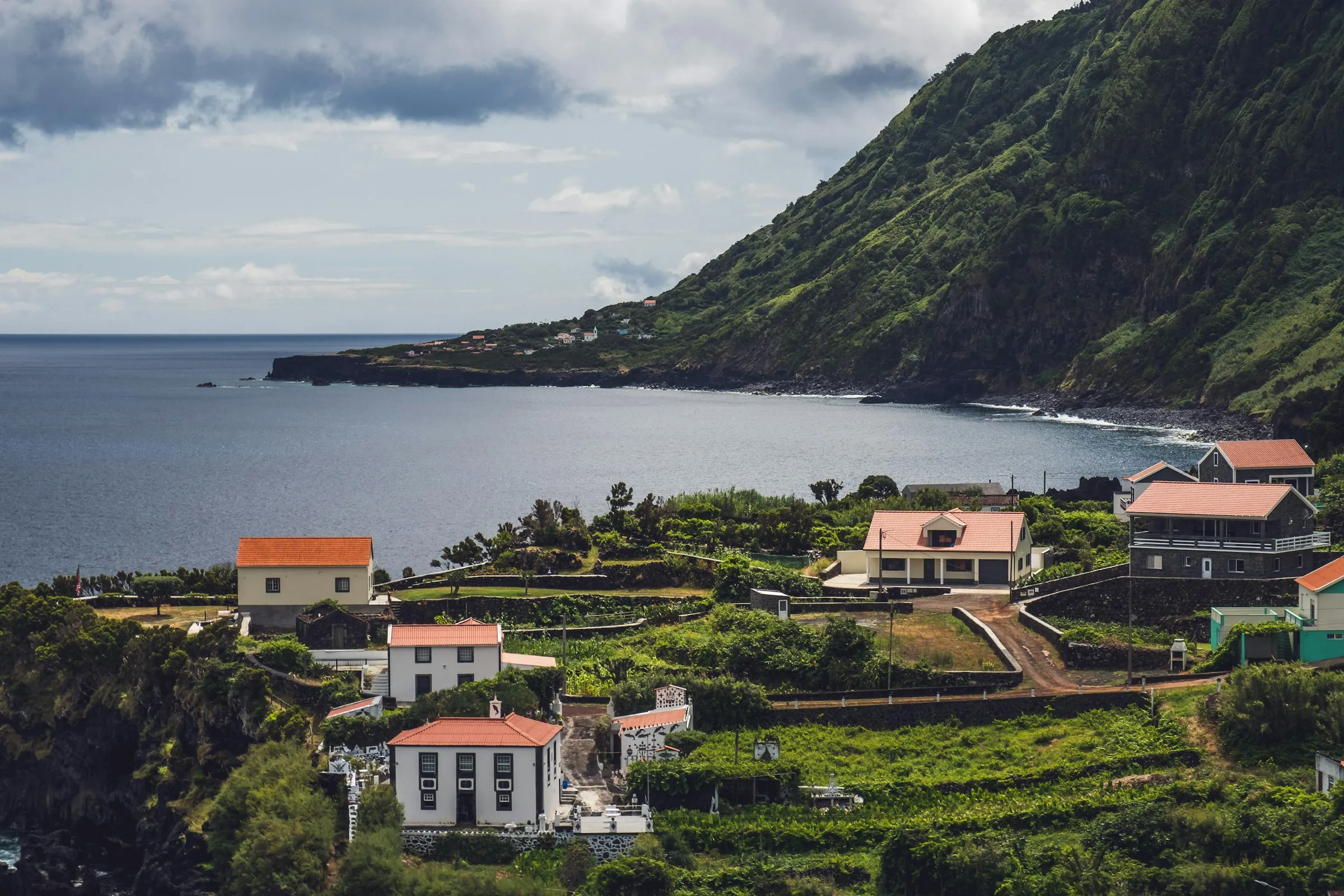Nestled in the heart of the Azores archipelago, the island of São Jorge is famous for its dramatic landscapes and unique coastal formations known as fajãs. These flat lands at the base of steep cliffs, formed by landslides and lava flows, are home to small villages where life balances delicately between mountain and sea. Exploring the fajãs is a journey into a world where nature’s raw power meets the quiet resilience of island life.
What Makes a Fajã Unique
A fajã is more than just a geological formation – it’s a testament to the island’s volcanic history and the enduring spirit of its people. Created by ancient landslides or lava flows reaching the ocean, fajãs are fertile, isolated, and breathtakingly beautiful. These rare flatlands on the island’s rugged coastline offer a stark contrast to the towering green cliffs above.
Villages Built by the Sea
Scattered across São Jorge’s coastline are tiny villages nestled on fajãs, where life unfolds at a slower pace. Here, fishermen still head out at dawn, tending nets and hauling in the day’s catch, while farmers cultivate small plots of fertile land by hand. The combination of sea and soil makes these communities surprisingly self-sufficient, with fresh fish, vegetables, and local cheese often filling the kitchen tables.
Hiking to Hidden Gems
Reaching many fajãs means venturing down steep trails that zigzag along the cliffs. Hikers are rewarded with panoramic ocean views and glimpses of São Jorge’s wild beauty. The trails themselves are often old donkey paths, winding through dense vegetation, past waterfalls, and along sheer rock faces that seem to plunge straight into the Atlantic.
Local Delicacies of the Fajãs
The fajãs of São Jorge are also known for unique local flavors. One of the island’s best-kept secrets is its cheese, famously creamy with a sharp tang, made from the milk of cows grazing on the island’s lush pastures. Alongside cheese, visitors can savor freshly caught limpets grilled with garlic, locally grown yams, and the sweet passion fruit that thrives in the mild climate.
- São Jorge Cheese (Queijo de São Jorge)
- Grilled Limpets (Lapas)
- Local Yams (Inhames)
- Passion Fruit
- Fresh Caught Fish
- Homemade Molasses Cakes
Sampling these treats is part of the charm of visiting the fajãs, where small family restaurants and friendly locals are eager to share the island’s culinary heritage.
Resilience and Tradition
Living on a fajã is not without challenges. Landslides, storms, and the constant threat of erosion mean life here requires patience and a strong sense of community. But it is precisely this connection to land and sea, this need to adapt and endure, that gives the fajãs their timeless spirit. Traditions run deep, from festivals honoring patron saints to the passing down of fishing skills through generations.
Life here is shaped by nature, yet it is also enriched by it, as families draw strength from each other and from the rugged beauty that surrounds them.
Preserving a Fragile Paradise
The fajãs are part of what makes São Jorge so unique, but they are also fragile. Efforts are underway to protect these environments from the pressures of modern tourism and climate change. Sustainable travel, respect for local culture, and support for conservation initiatives are crucial to ensuring that the fajãs continue to thrive.
Conclusion: Where Land Meets Sea
The fajãs of São Jorge are more than just picturesque landscapes – they are living reminders of the delicate balance between humanity and the wild forces of nature. Here, on the edge of the Atlantic, visitors can witness a way of life rooted in resilience, simplicity, and an enduring respect for the land. It is an experience that stays with you long after you leave, calling you back to the edge where mountains meet the sea.

Leave a Reply